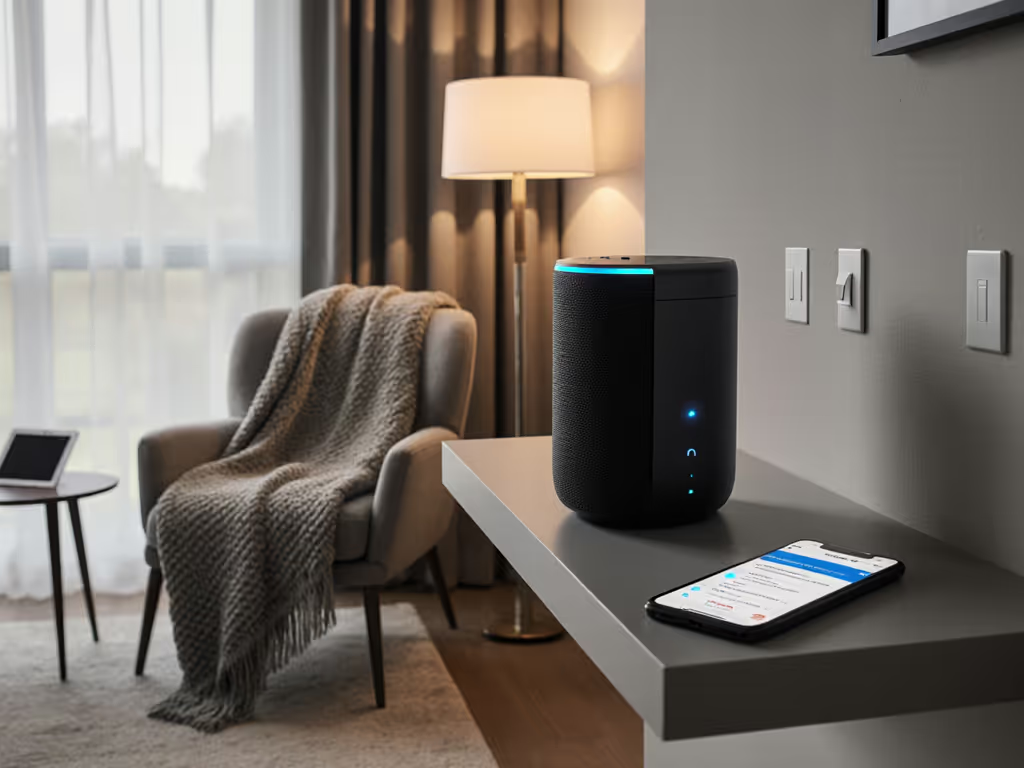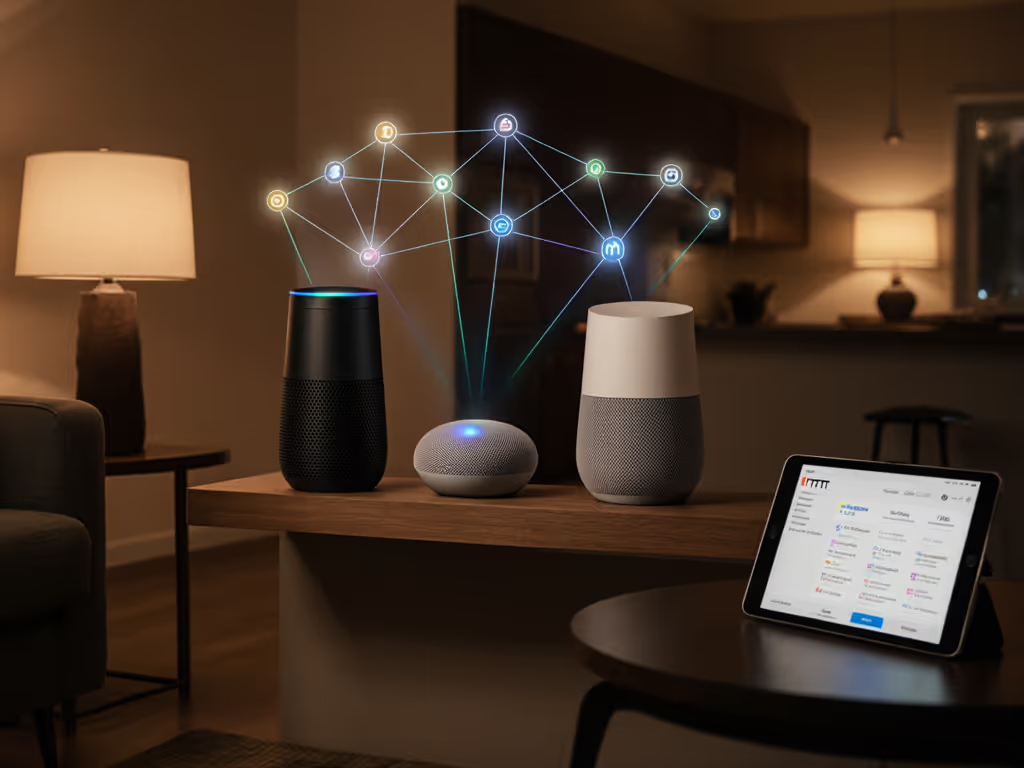
Master Google Home Automation Without Privacy Risks
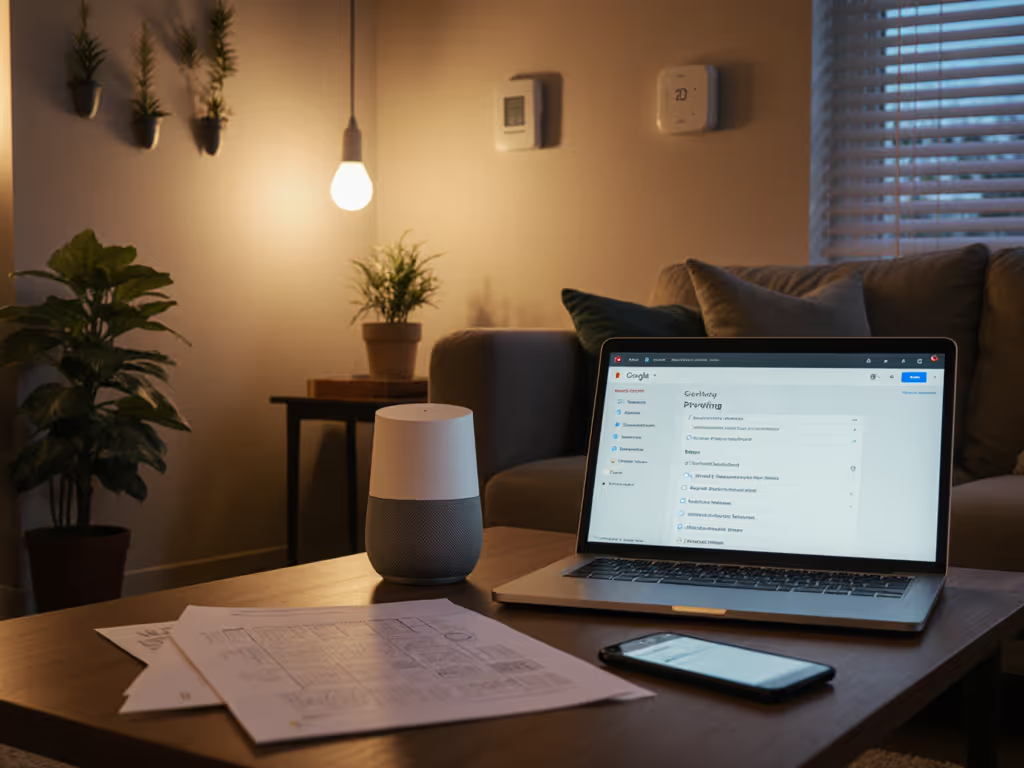
Last week, a friend's child asked why the kitchen speaker knew their nickname. No one remembered granting that permission. This common scenario reveals why privacy isn't just a settings toggle. It is the foundation of trust in your home tech. As we dive into Google Assistant home automation, let's examine how to set up your devices in Google Home while keeping privacy intact. You shouldn't need an engineering degree to understand what data flows where, yet most smart home setups operate like black boxes with our most personal moments. Let's change that.
I've worked with dozens of households to audit their Google Home setups, and the pattern is consistent: excitement about convenience meets frustration with opaque privacy controls. The good news? You can have both: smart home automation that works seamlessly while respecting your privacy boundaries. Here's how.
What are the biggest privacy risks in Google Assistant home automation?
Google Home speakers create a constant tension between helpfulness and surveillance. When you set up Google Assistant routines that trigger on voice commands or environmental changes, you are often trading convenience for data collection you didn't explicitly consent to. The critical issue is not that Google wants your data. Rather, the consent UX buries essential choices beneath layers of menus.
Consider this: when you create a "Good morning" routine that checks weather, traffic, and calendar, where does that data live? For how long? Who can access it? Google's retention policies are not spelled out during setup. They are tucked away in documentation nobody reads. This violates the core principle that privacy must be a usability feature. If guests can't understand it, it is not private.
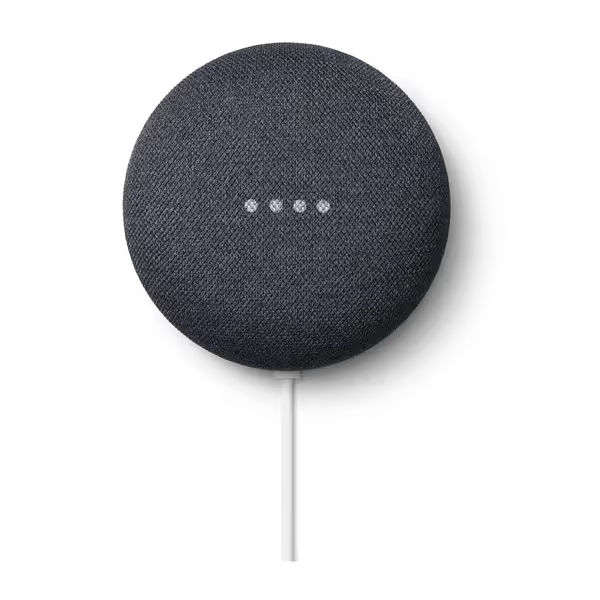
Google Nest Mini 2nd Generation Smart Speaker with Google Assistant - Charcoal
How can I implement consent-first language in my Google Home setup?
The first step is auditing your existing automations through a privacy lens. When setting up any new Google Assistant routine:
- Demand explicit opt-in for each data point ("This routine will access your calendar. Continue?")
- Set retention periods for each automation component ("Delete location data after 24 hours")
- Map data flows visually so you understand where information travels
Most users don't realize they can limit how long Google stores voice recordings. Go to your Google Account > Data & Privacy > Voice & Audio Activity, and set automatic deletion to 3 or 18 months instead of "Until you delete." This is basic data minimization, but it is not the default because defaults sell data.
Local-first defaults matter more than ever with the new Gemini-powered Google Home devices. When you ask your Google Home speaker to dim lights, that command should process locally, not travel to the cloud and back. Ask what actually runs locally, not ideally.
Why "home security with Google Home" requires special privacy considerations
Security automations pose unique privacy risks because they involve constant monitoring. Motion detection, doorbell alerts, and package detection features collect sensitive data about who enters your space and when. Yet most users accept these as binary choices: all-or-nothing access with no granular controls.
True security means understanding what your Google Home device actually needs to know. Does your porch camera really need to record audio 24/7 to detect packages? Probably not. Create routines with explicit boundaries:
- "Only record audio when motion is detected"
- "Delete footage after 72 hours unless I save it"
- "Never store video in the cloud, only on local storage"
The most secure home security with Google Home setups I've seen use guest mode clarity (temporarily disabling sensitive features when visitors are present). Your Airbnb guests shouldn't trigger routines that access your personal calendar or shopping lists.
How can I protect family members, especially children, in Google Home ecosystems?
Google's Family Link integration helps, but it is reactive rather than proactive. Instead of relying solely on parental controls, design your automation ecosystem with consent-first architecture:
Privacy is only real when it's built into the foundation, not bolted on as an afterthought.
Create separate voice profiles for children with limited data permissions. When setting up a "homework routine" for your kids, explicitly state: "This won't access your school calendar or track study time, only play focus music." Document these boundaries visibly in your home so children understand what the speaker can and cannot do.
The device that once confused my friend's child now has clear boundaries: it only responds to "Hey Google" when adults are present, processes basic commands locally, and never stores voice data beyond 24 hours. The relief was palpable when the child realized the speaker didn't "know" them. It just followed explicit rules we built together.
What should I know about Google Home speakers before buying?
Before adding any new Google Home device to your ecosystem, demand answers to these questions:
- What processes locally versus in the cloud?
- How long does each data point get retained?
- Can I view a complete data flow map for each feature?
- What happens to my automations if internet connectivity fails?
The recently launched Google Audio Bluetooth Speaker (Chalk) shows promise with its improved local processing capabilities, but still requires cloud connections for complex routines. When evaluating Google Home speakers, prioritize devices with physical mute buttons and clear visual indicators, not just software toggles that can be overridden by updates.
Making privacy practical in your automated home
Google Assistant home automation shouldn't feel like a surveillance trade-off. The most successful setups I've helped create follow three principles:
- Data minimization by design: Only collect what's necessary for the specific automation
- Transparent retention periods: Never store data longer than absolutely needed
- Guest-safe defaults: Ensure visitors can't accidentally trigger sensitive routines
I recently reset a household's entire Google Home ecosystem using these principles. We started from scratch with local-first defaults, explicit consent prompts for each new integration, and clear boundaries around data retention. The result? More reliable automations that households actually understand and trust.
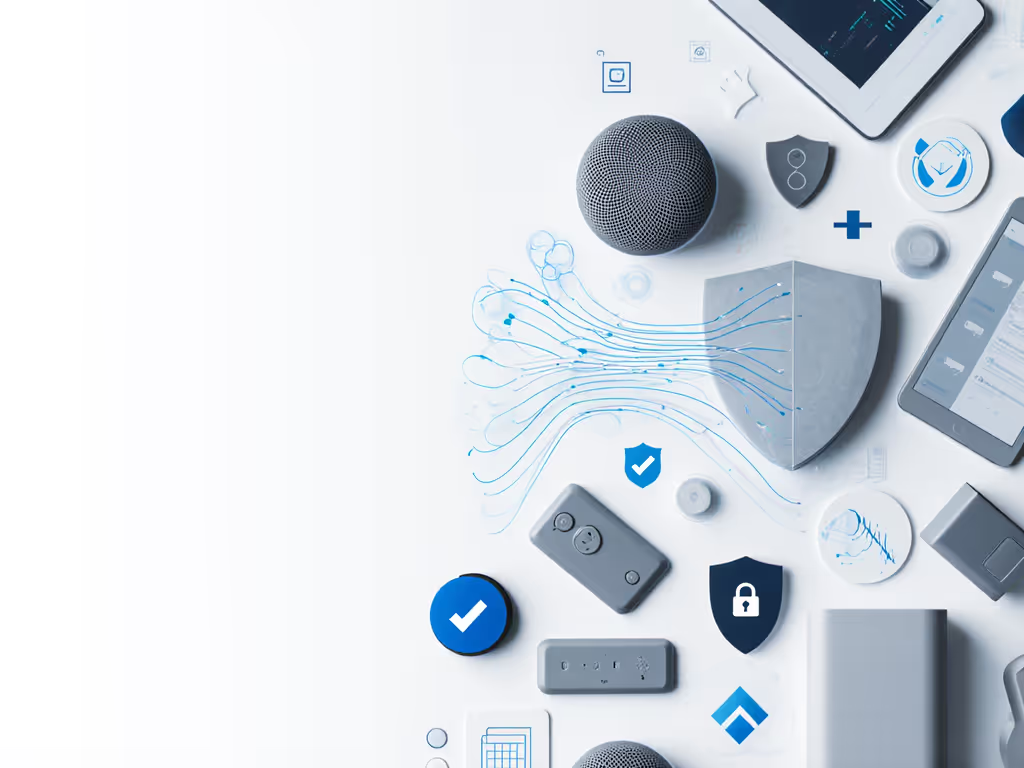
Building privacy into your Google Home setup isn't about sacrificing functionality. It is about creating technology that earns your trust daily. When guests and children feel comfortable in your space because they understand how your smart home works, you've achieved the ultimate goal: technology that serves people without surveillance.
Ready to audit your own setup? Start by reviewing one automation this week through a privacy lens. Document where data flows, how long it's stored, and what processing happens locally. Share your findings with your household. True privacy requires collective understanding.
Related Articles

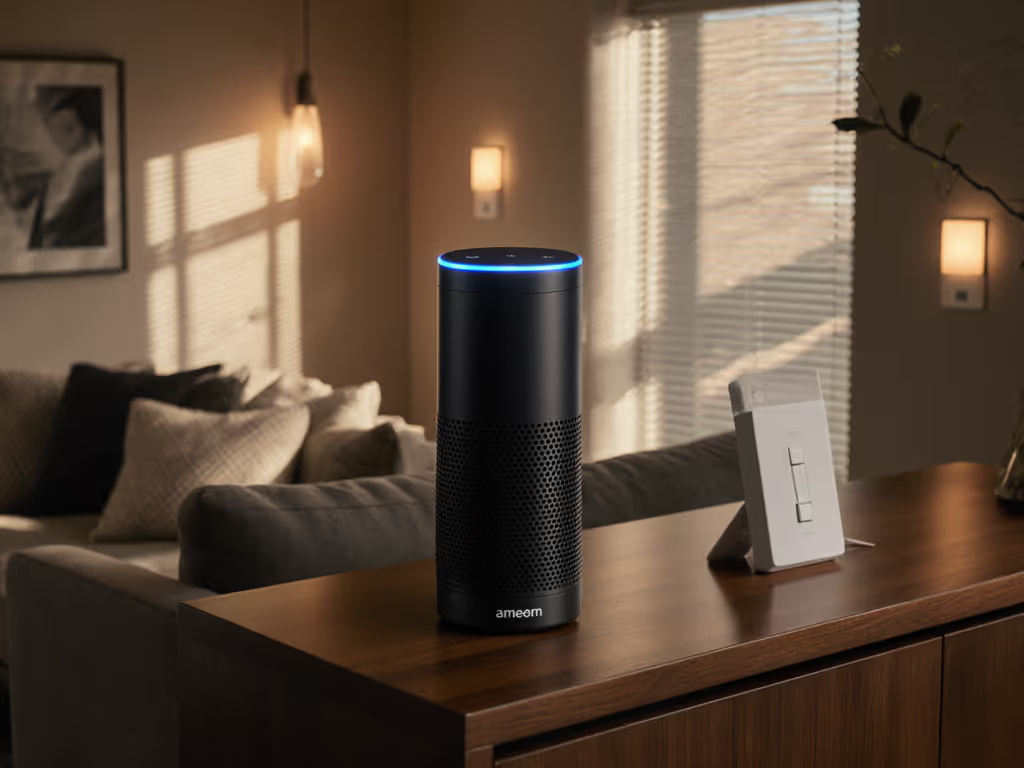
Alexa Routines Work: Custom Commands Made Reliable
